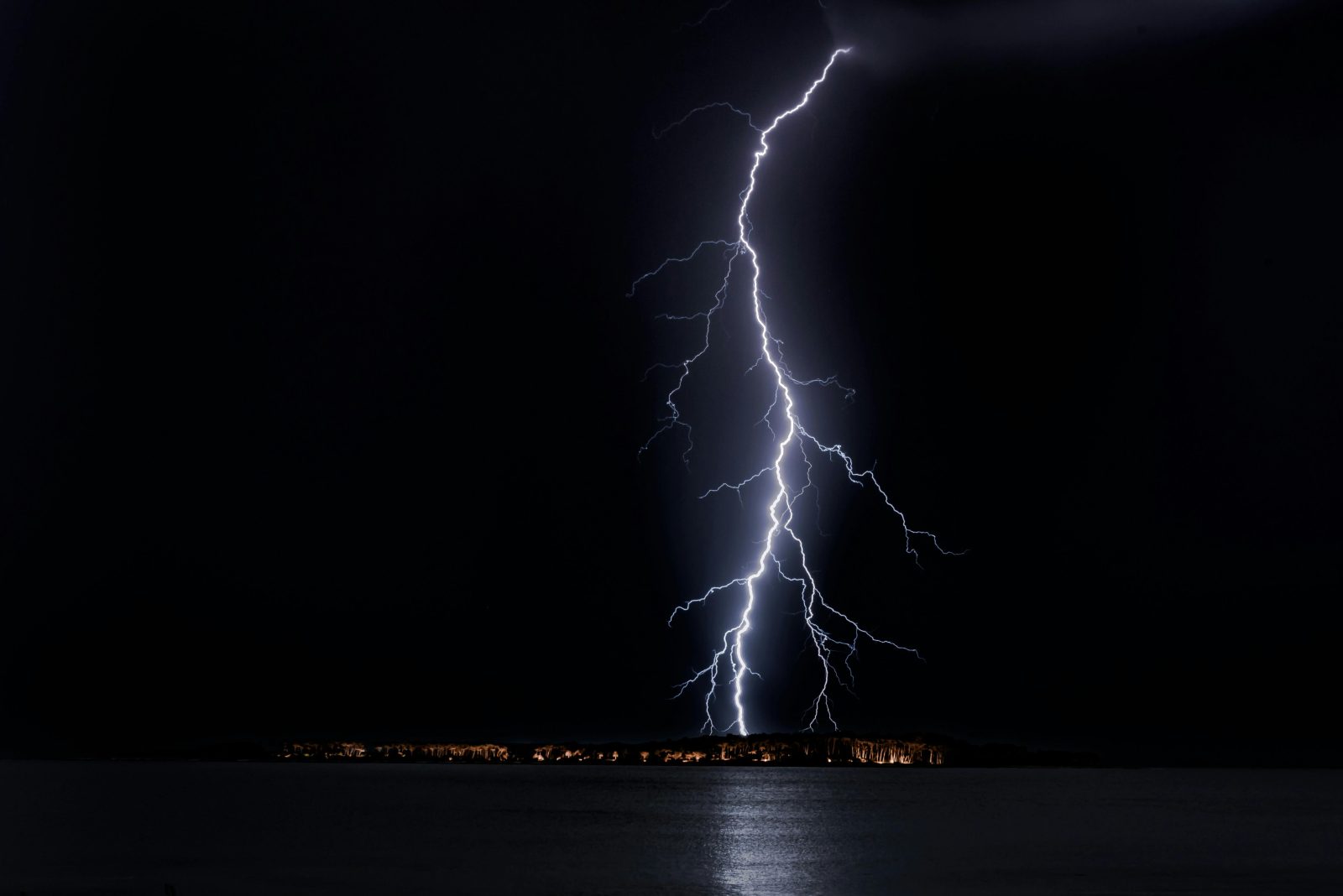If you live in Kentucky or Indiana, you might have heard the old saying, “If it thunders in February, we’ll have frost in April.” This weather-related folklore has been passed down for years, and many people still wonder whether it holds any truth. Recently, parts of western Kentucky and southern Indiana experienced strong thunderstorms, even including tornado warnings. It got many people thinking: Does this mean we should prepare for frost in April?
The Old Wives’ Tale About Thunder in February
The idea that thunder in February means frost in April has been around for a long time. Some versions of the tale suggest that thunderstorms in February will lead to frost on the exact same day in April. For example, if it thunders on February 5th, we can expect frost on April 5th. While this version is very specific, other variations of the story are less precise, simply claiming that thunder in February will lead to frost sometime in April.
But is there any truth to these claims?
What Meteorologists Think About the February Thunder Folklore
While it’s fun to talk about weather folklore, meteorologists tend to be a bit skeptical. Many weather experts agree that there’s no direct scientific connection between February thunderstorms and April frost. However, there are some factors worth considering when looking at this old saying.
Thunderstorms in February often signal a shift in weather patterns, especially in areas like Kentucky and Indiana. A strong storm can indicate a change in temperature, often bringing colder air later in the season. This could lead to a chilly April, but it’s not because of the thunder itself. Instead, it’s because of the weather systems that cause thunderstorms to occur in the first place.
Is There a Pattern Between Thunderstorms and Cold Springs?
Some experts suggest that a stormy February can sometimes lead to a cooler spring. In fact, there’s another variation of the weather myth that says, “For every thunderstorm with rain in February, there will be a cold spell in May.” While this isn’t a rule of thumb, it could reflect a pattern of weather systems that bring colder temperatures later in the season.
However, there’s no solid proof that February thunderstorms always lead to a frost in April, or that they predict a colder-than-usual May. Weather is unpredictable, and a variety of factors contribute to the temperatures we experience in the spring.
What Does the Thunder in February Mean for Your April Weather?
Even though meteorologists don’t fully support the idea of thunder leading to frost, it’s still possible that a strong storm in February could bring some chilly air. This doesn’t necessarily mean we will have a frost in April, but it does suggest that we could experience a slightly cooler spring than usual.
While there’s no guarantee that thunder in February will directly result in frost in April, it’s worth keeping an eye on the weather patterns. Spring in the Tristate region is often unpredictable, and even if the folklore doesn’t hold up, it’s still a good idea to be prepared for whatever weather comes your way.
Final Thoughts on the Thunder in February Myth
So, is the idea of thunder in February bringing frost in April just an old wives’ tale, or is there some truth to it? Meteorologists generally don’t believe there’s a direct link between February thunderstorms and April frost. However, weather systems that cause thunderstorms can bring colder air, which might lead to a cooler-than-usual spring.
While it’s always fun to think about weather folklore, it’s important to remember that the weather is constantly changing, and forecasting is never 100% accurate. Whether or not we experience frost in April, it’s always best to stay prepared for whatever the weather may bring.
Conclusion
The old saying “If it thunders in February, it will frost in April” may not hold much truth, but it does highlight how people have observed weather patterns for generations. Though meteorologists might not entirely agree with the folklore, it’s clear that storms in February can sometimes bring cooler weather in the months that follow.
As we continue to experience changing weather patterns, it’s helpful to remember that while folklore is fun to consider, it’s always best to stay updated with forecasts from trusted meteorologists.
(Source : 103gbfrocks.com)












Leave a Reply